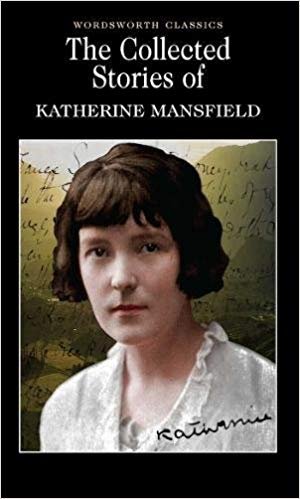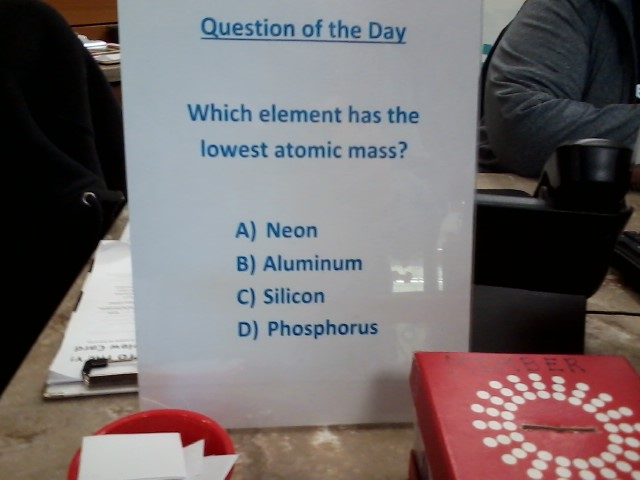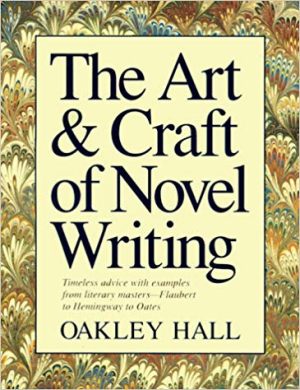Positioning, Priming, and the Importance of Backcover Copy
A recent Goodreads discussion asked “How do you like your scifi / fantasy?”
I responded “Well written.” A friend responded “Artesian or wishing?” I responded “Ah, to have a thirst for the magical.” Someone else responded, “Either way…DEEP.”
I followed that up with another response. It’s gone. Not sure why it got removed. I launched off the concept of “DEEP” because I’m told my writing is “deep” and “definitely not fluff.” Some readers wonder if I’m capable of writing “fluff.” “Even your short stories are deep.”
Gable Smiled – the first 10 pages, anyway – are being read by a professional actor at Concord’s Hatbox Theater at the end of this month (read the version being read here). Part of that process involves having the material evaluated by the producer.
The producer and I talked on the phone, and I received a DOC file with comments; this character wasn’t described, the environment wasn’t described, the background wasn’t described, … These comments confused me. The main characters are described. So is the environment, the background situation, the this, the that. I’ve had many first readers tell me the story’s great, when can they get more, so on and so forth. I’ve also had people tell me they don’t get it, the story makes no sense to them.
And then the producer said “There’s a lack of a reader entry points into the story.”
When in Doubt, Examine the Audience
I had no middle-of-the-road responses. Strange, that.
Greetings! I’m your friendly, neighborhood Threshold Guardian. This is a protected post. Protected posts in the My Work, Marketing, and StoryCrafting categories require a subscription (starting at 1$US/month) to access. Protected posts outside those categories require a General (free) membership.
Members and Subscribers can LogIn. Non members can join. Non-protected posts (there are several) are available to everyone.
Want to learn more about why I use a subscription model? Read More ch-ch-ch-ch-Changes Enjoy!
 “There was not an inch of room for Lottie and Kezia in the buggy.” – Katherine Mansfield’s Prelude in The Collected Stories of Katherine Mansfield (Wordsworth Classics)
“There was not an inch of room for Lottie and Kezia in the buggy.” – Katherine Mansfield’s Prelude in The Collected Stories of Katherine Mansfield (Wordsworth Classics)

